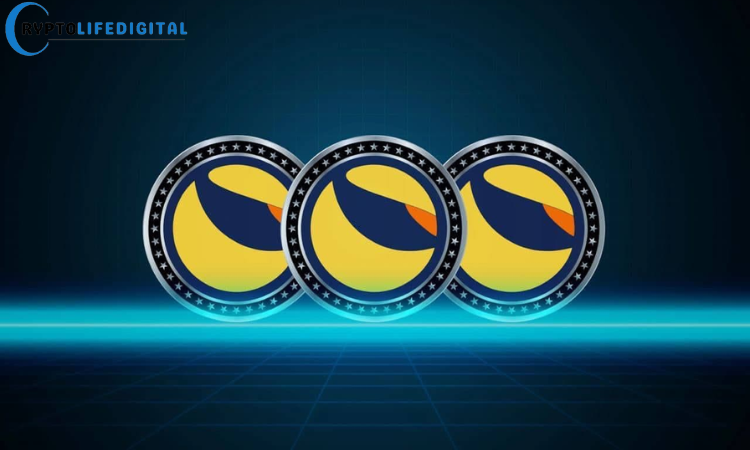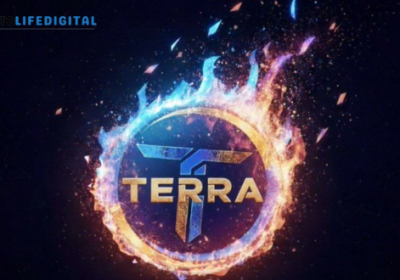Terra Classic Revival Gains Strength with Record Staking and Aggressive Token Burns

Terra Classic is witnessing a strong wave of community-driven revival as staking participation and burn activity hit new milestones. Despite past setbacks and ongoing legal uncertainties surrounding the 2022 Terra collapse, the LUNC ecosystem continues to demonstrate resilience and determination. With staking surpassing 15 percent and over 973 billion tokens locked, the community’s deflationary efforts are steadily rebuilding confidence and reducing circulating supply.
Read Also: Shiba Inu Dismisses Collapse Rumors as Ecosystem Shows Renewed Strength
Staking Momentum Signals Growing Confidence
The latest data reveals that the Terra Classic staking ratio has crossed 15 percent, representing more than 973 billion LUNC tokens now committed to validators. This achievement marks one of the strongest community participation levels since the chain’s revival, underscoring faith in its long-term sustainability. The increase in staked tokens reduces sell pressure on the market while simultaneously enhancing network security and decentralization.
The recent v3.5.0 upgrade scheduled for release on November 20 has also fueled enthusiasm. The update reintroduces the Market Module, allowing stable swaps between LUNC and USTC and enabling new DeFi functionalities. Community validators attribute this milestone to persistent collaboration, describing November as “the month of renewal,” with staking, development, and burns aligning to reinforce the chain’s comeback narrative.
Burn Acceleration Reinforces Deflationary Push
LUNC’s deflationary model remains a central pillar of its recovery strategy. Recent reports highlight a 4.8 billion token burn by the L1 Task Force, bringing total burns to over 70 billion. Binance and other contributors have also maintained regular burn cycles, adding hundreds of millions of tokens weekly. These collective efforts continue to chip away at the total supply, which now stands near 6.48 trillion tokens.
Read Also: Shiba Inu Dismisses Collapse Rumors as Ecosystem Shows Renewed Strength
The community’s call for an increase in the burn tax to as high as 1.5 percent reflects the shared commitment to tightening tokenomics and driving price appreciation. Daily burn reports confirm consistent momentum, with millions of tokens being destroyed through trading activity and network fees.
Addressing Data Glitch and Maintaining Transparency
A brief technical issue recently caused burn trackers to display zero activity, sparking temporary concern among holders. However, the anomaly was quickly clarified as a data synchronization delay between blockchain explorers and public dashboards. Network operations remained unaffected, and burns continued seamlessly. The swift transparency restored investor confidence and reinforced the reliability of on-chain data.
Legal Developments and Market Outlook
Attention now shifts to Do Kwon’s upcoming sentencing on December 11, which could influence LUNC’s short-term sentiment. A favorable outcome may open discussions for relisting or new liquidity inflows, while delays could test current support levels. Regardless of legal proceedings, Terra Classic’s steady staking growth and relentless burn momentum showcase a community unwilling to fade—proving once again that its revival story is far from over.
Follow us on Facebook, Telegram, and Google News.

Michael Onche: Crypto aficionado and seasoned analyst. With a keen eye for market trends and a passion for blockchain technology, he deciphers the intricacies of cryptocurrency with precision. Michael’s expertise and insightful content make him a trusted guide for navigating the dynamic world of digital assets.









